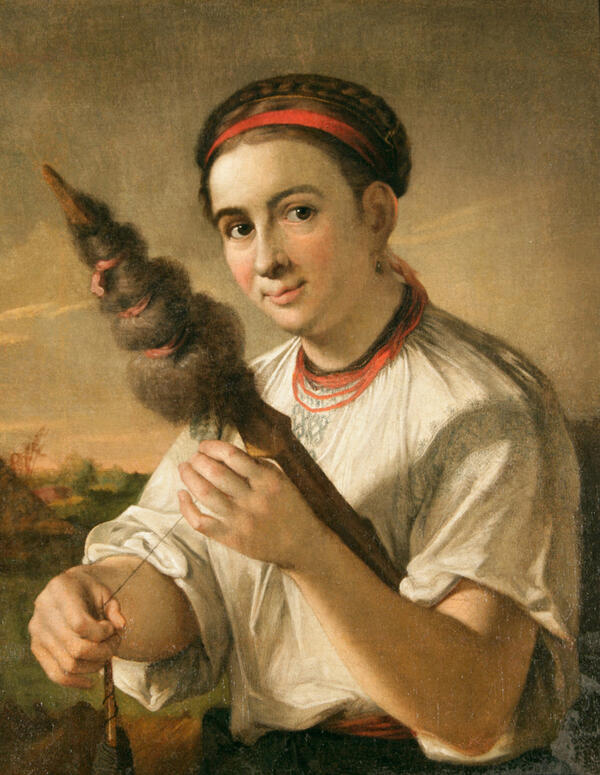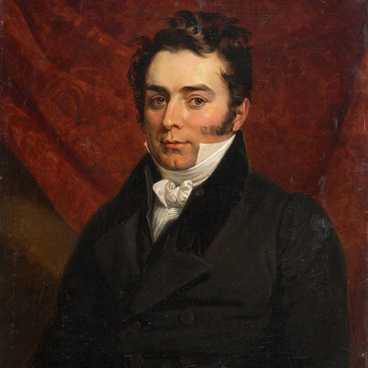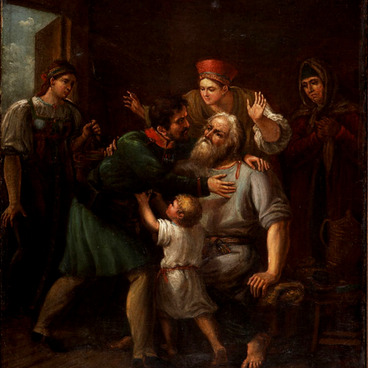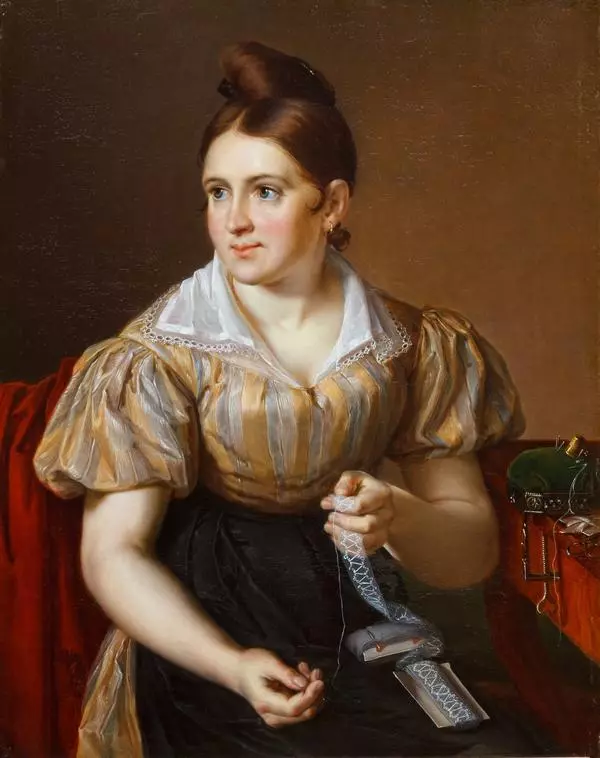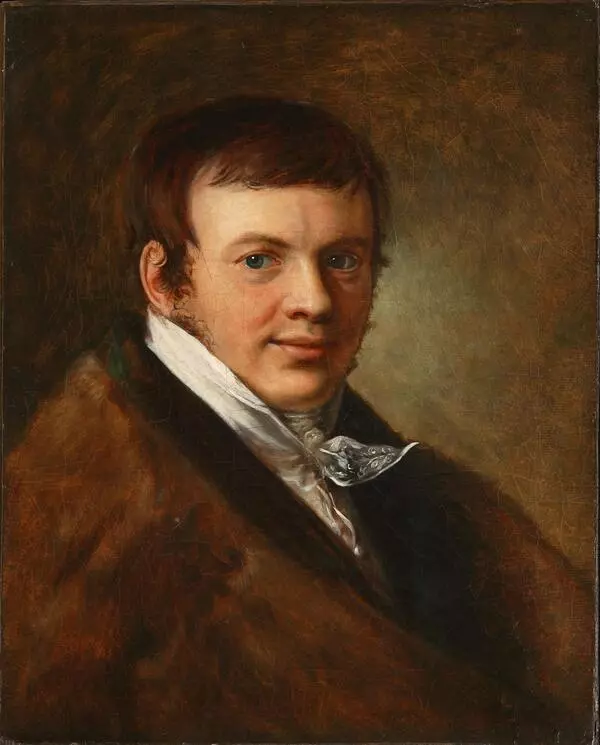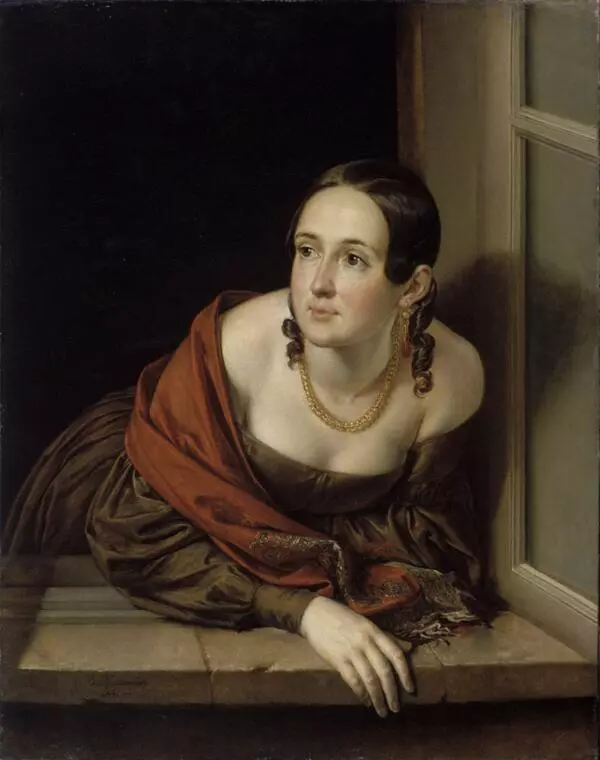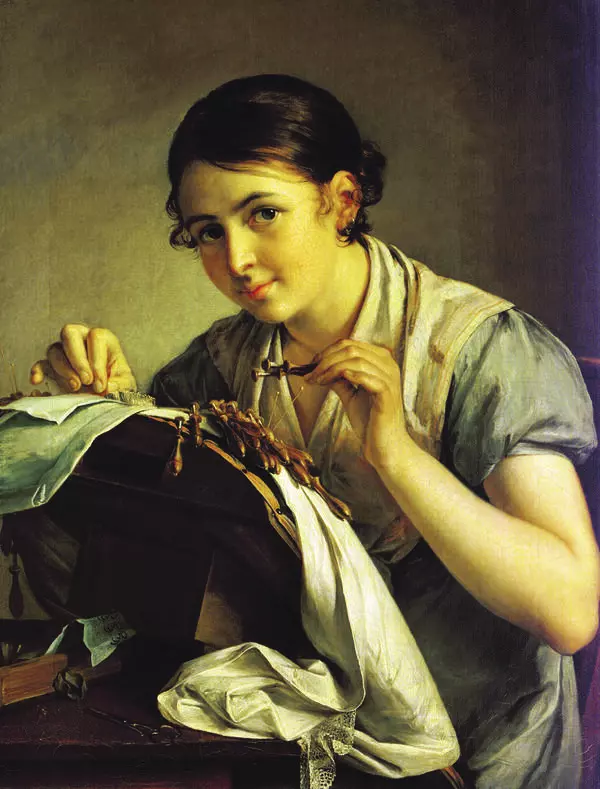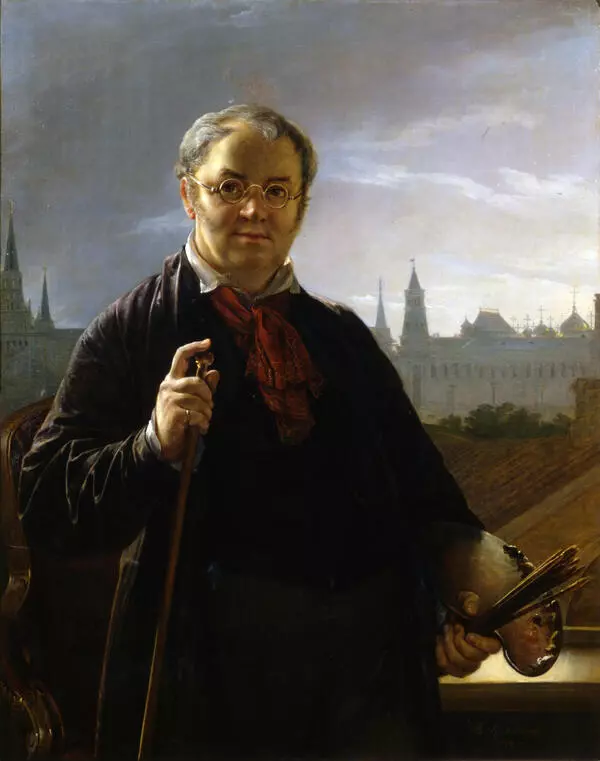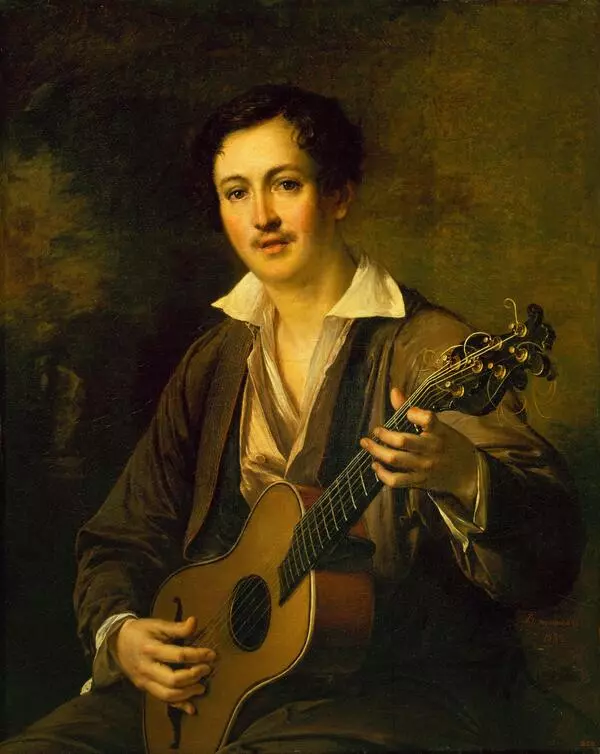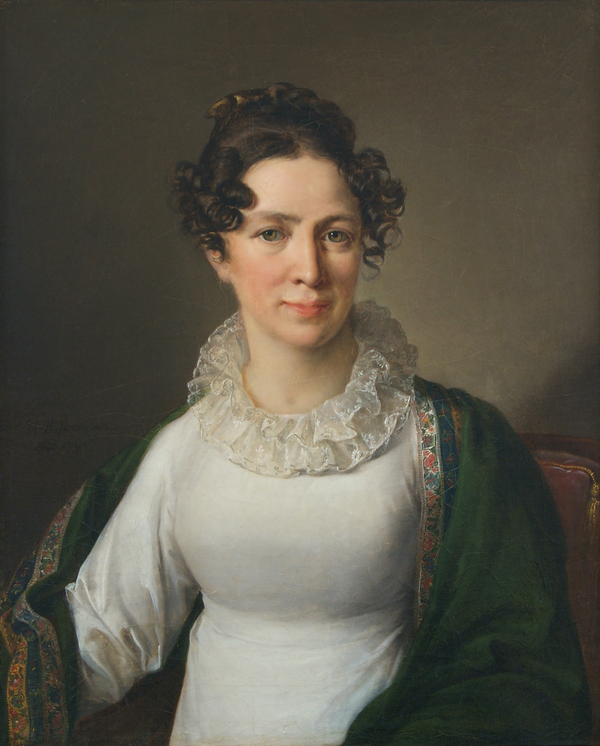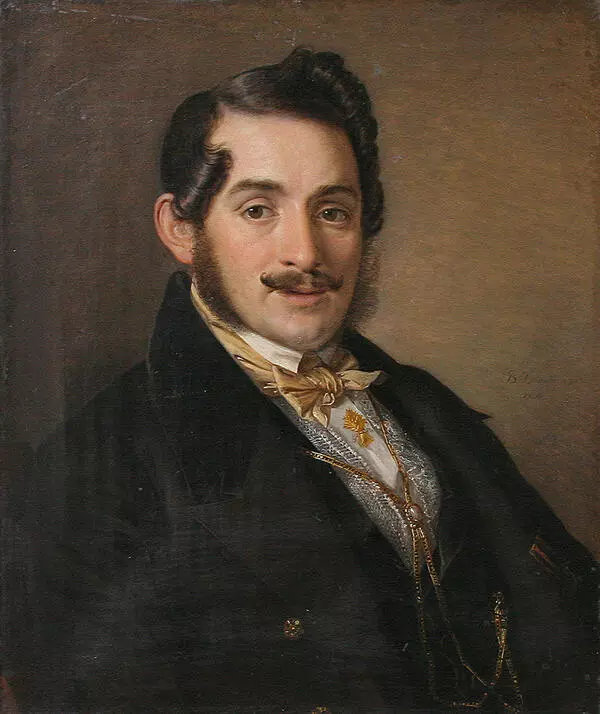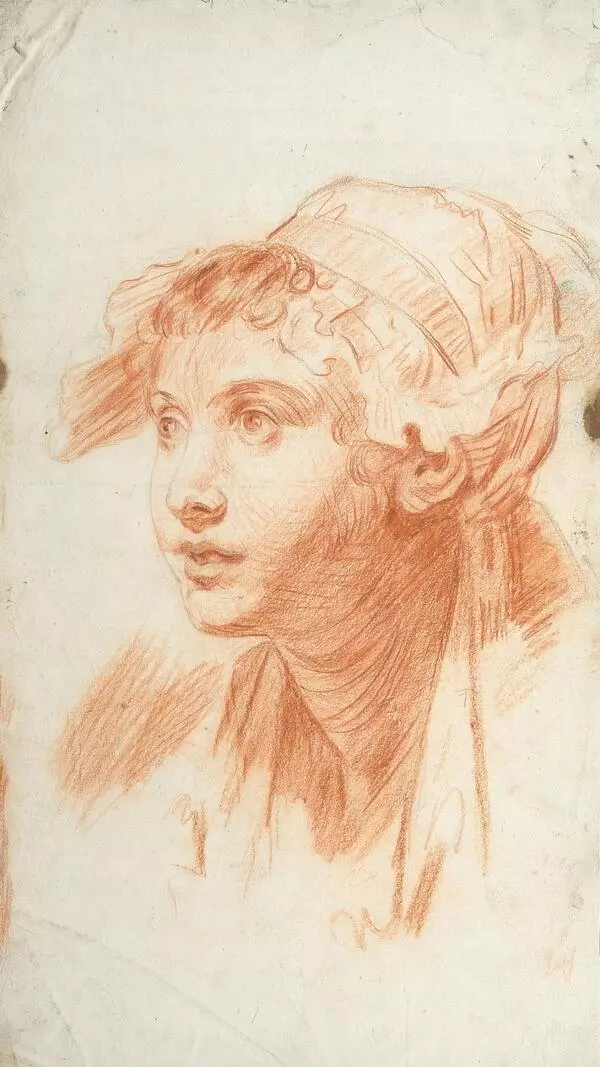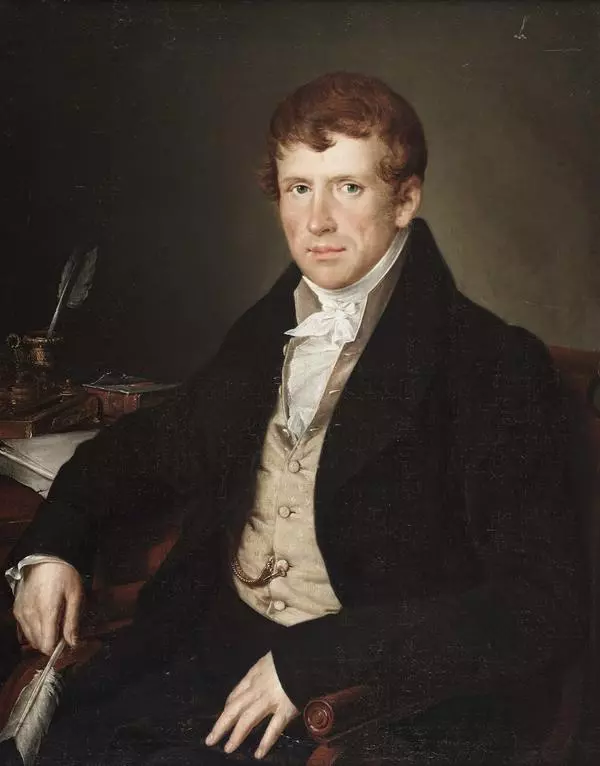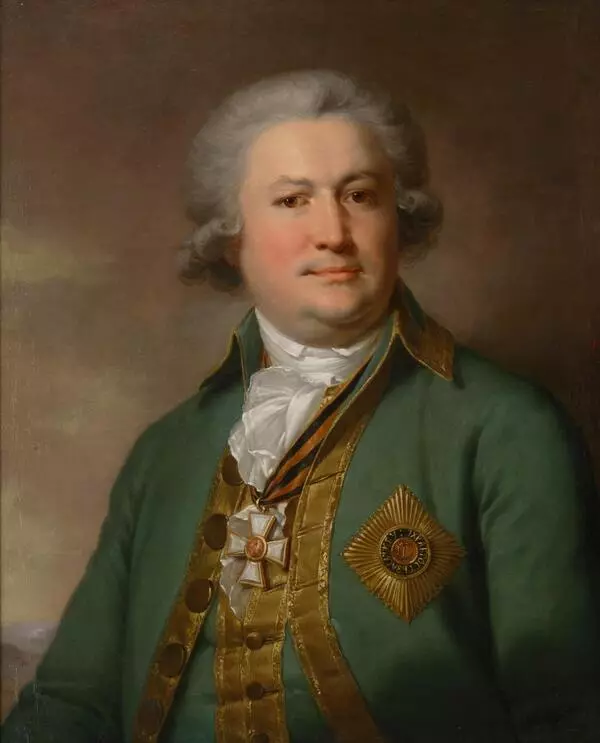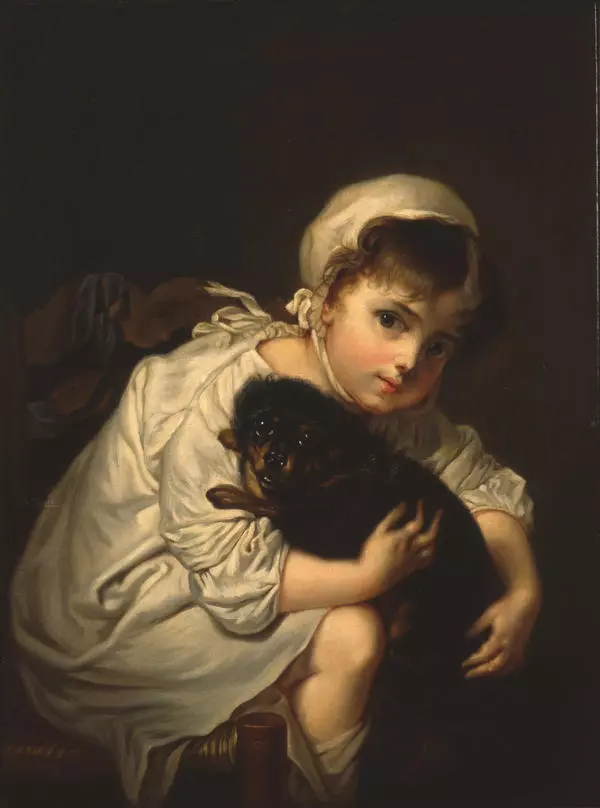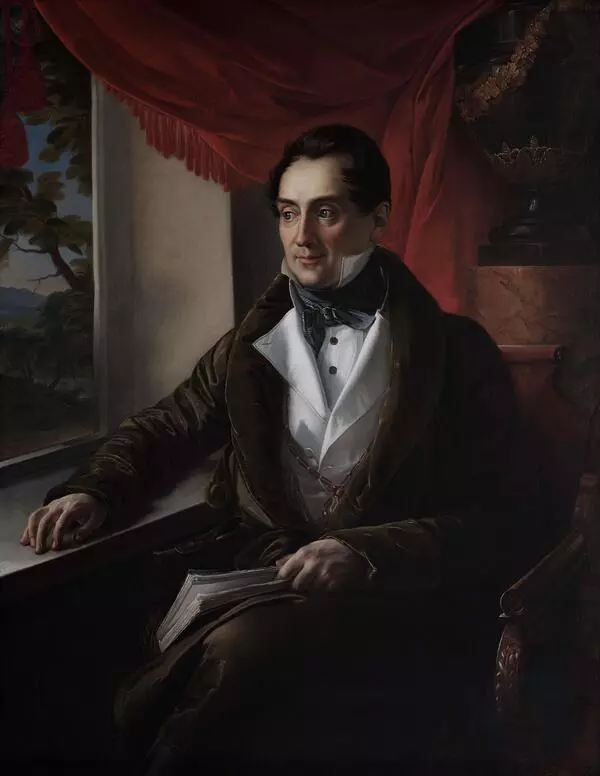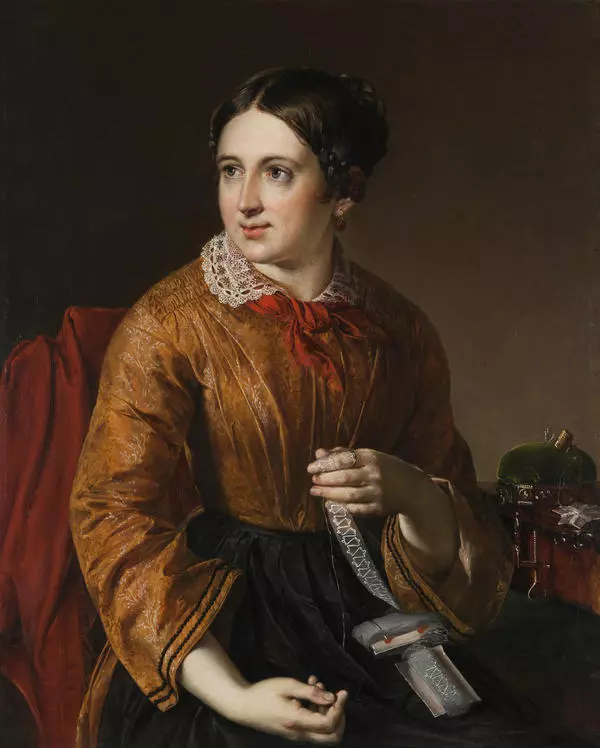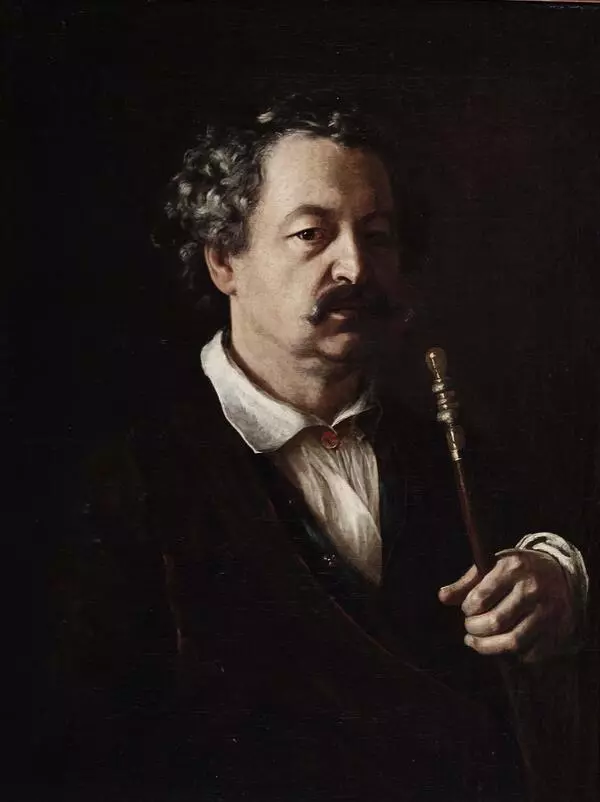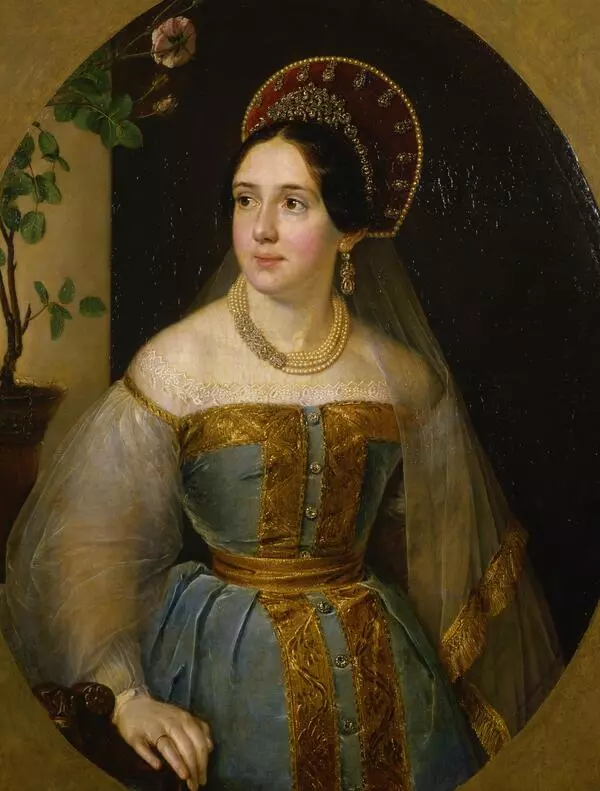Among the portrait painters of the first half of the 19th century, Vasily Tropinin (March 30, 1776, the village of Karpovo, Novgorod province - May 16, 1857, Moscow) occupies a special place. His works did not remain anonymous, as happened with the paintings of most serf artists. Thanks to his talent, he became an artist of a surprisingly subtle poetry, incredibly optimistic both in life and in work. Having inherited the painting traditions of the 18th century, Tropinin gave his favorite genre – the portrait – features of sincerity and pleasant simplicity: his images are full of kindness, modesty, restraint, and unique charm.
Tropinin skillfully embodied his lifelong observations in painting and tried to convey faithfully all the details. At the same time, his portraits seem to be shrouded in special poetry. With equal persuasiveness he portrayed both the owners and customers, and those with whom he shared his fate. Tropinin’s understanding of the peasants’ look is somewhat idealized. In the portraits, the peasants appear before the viewer as positive heroes of the story, which is a telling sign about the way of life of that time.
Tropinin repeatedly turned to the same beloved images. Such was the image of a peasant woman with a spindle and a tow in her hands. The heroine of this plot is a young spinning woman with a gentle and quiet smile, who for a moment looked up from her work. In different versions, this image was embodied in five works that are today in different museum collections in Russia, Ukraine and Belarus. The Taganrog Art Museum has in its collection one of the versions of The Spinners created by Tropinin most likely in Kukavka – the Ukrainian estate of his owner, where the artist was a footman and pastry chef for some time. Researchers tend to see in this small canvas one of the first experiences of Tropinin’s appeal to his favorite topic. This particular work was, presumably, created from life.
Some evidence of this can be seen in the appearance of the young woman. She clearly poses, obeying the instructions “not to move”, in her face there are many individual features: a cut of the eyes, a large nose, lips. The Little Russian type is clearly seen in them. But there are also signs of the image’s generalization. The noble disposition that contrasts with the ‘secular vanity’, and the tranquility that adds unique serenity to the image are qualities that were introduced by the author and are so characteristic of most of his works.
Tropinin skillfully embodied his lifelong observations in painting and tried to convey faithfully all the details. At the same time, his portraits seem to be shrouded in special poetry. With equal persuasiveness he portrayed both the owners and customers, and those with whom he shared his fate. Tropinin’s understanding of the peasants’ look is somewhat idealized. In the portraits, the peasants appear before the viewer as positive heroes of the story, which is a telling sign about the way of life of that time.
Tropinin repeatedly turned to the same beloved images. Such was the image of a peasant woman with a spindle and a tow in her hands. The heroine of this plot is a young spinning woman with a gentle and quiet smile, who for a moment looked up from her work. In different versions, this image was embodied in five works that are today in different museum collections in Russia, Ukraine and Belarus. The Taganrog Art Museum has in its collection one of the versions of The Spinners created by Tropinin most likely in Kukavka – the Ukrainian estate of his owner, where the artist was a footman and pastry chef for some time. Researchers tend to see in this small canvas one of the first experiences of Tropinin’s appeal to his favorite topic. This particular work was, presumably, created from life.
Some evidence of this can be seen in the appearance of the young woman. She clearly poses, obeying the instructions “not to move”, in her face there are many individual features: a cut of the eyes, a large nose, lips. The Little Russian type is clearly seen in them. But there are also signs of the image’s generalization. The noble disposition that contrasts with the ‘secular vanity’, and the tranquility that adds unique serenity to the image are qualities that were introduced by the author and are so characteristic of most of his works.

